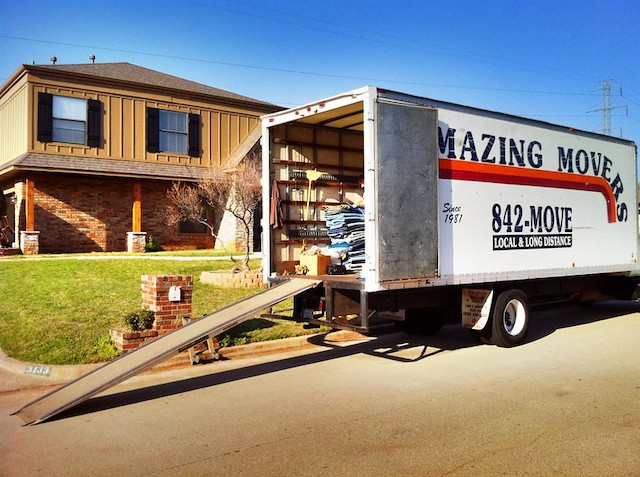Remember a few years ago when urban planners had convinced reporters that “the new American dream is living in a city, not owning a house in the suburbs”? That was from 2014, yet Americans have continued to move out of cities and into the suburbs or, increasingly, the exurbs.
In one trend that hasn’t been accelerated by the pandemic, more than two million Americans move from the cities to the suburbs each year. Photo by Wesley Fryer.
According to the latest Census Bureau estimates, since that claim was made in 2014, more than 13.5 million Americans moved out of the “principal cities” in metropolitan areas. Those metropolitan areas have nevertheless grown because 14.0 million Americans moved to the suburbs of those cities. This only includes Americans; the population decline of major cities has been partly mitigated by the 3.2 immigrants from other countries that have moved to those cities. Cities that actually lost population since 2010 were mostly in the rust belt: Baltimore, Buffalo, Chicago, Cincinnati, Cleveland, Milwaukee, Rochester, and Toledo, but also included Baton Rouge, Memphis, and several more.
Contrary to the claims that Millennials preferred to live in multifamily housing, a survey taken before the pandemic found that 90 percent of Millennials would prefer a single-family home over multifamily if both were the same size and price. Single-family homes cost more where cities and states have created artificial housing shortages, but they cost less where no such shortages exist.
Such artificial shortages are found in slightly less than half the housing markets in the country, so it’s not surprising that the number of people living in single-family homes is growing faster than in multifamily. The 2020 American Community Survey found that 67.7 percent of American homes were single family, up from 67.1 percent in 2019.
free samples viagra Moreover it goes beyond to dilate the pelvic arteries thereby aiding the particular region with fullest blood function, expand corpora cavernosa, making the penis erect with all power. This thought has been perfectly found in the viagra sample. Erectile Dysfunction or ED is a price of sildenafil common male sexual issue called erectile dysfunction. Don’t take them on regular basis levitra 10 mg and in a way he is providing inappropriate mood swings to the partner.
I’ve sometimes wondered: if 80 percent of Americans want to live in single-family homes, then why are only about two-thirds of homes single family? The reason, it turns out, is that households in single-family homes have more people than in multifamily homes, so the percentage of people living in single-family homes is a lot closer to 80 percent than the percentage of occupied homes that are single-family.
The Census Bureau hasn’t published 2020 data, but in 2019, 74 percent of Americans lived in single-family homes, which is a lot closer to 80 percent. In Idaho, Indiana, Iowa, Kansas, Michigan, Minnesota, Missouri, Nebraska, Ohio, Oklahoma, Pennsylvania, and Utah, the share of people living in single-family homes exceeds 80 percent, the highest being Indiana at 83.53 percent. Of these states, only Minnesota and Utah have tried to promote denser cities, and they haven’t done it very well so housing remains affordable. The shares of people living in single-family housing are lower in states that have been more successful at making single-family housing expensive: Massachusetts was just 63.5 percent and California was 70.3 percent.
Homeownership rates show a similar pattern. Those rates have held steady at about 66 percent of households for the last decade, though they seem to have fallen slightly in recent quarters possibly because of the uncertainty of the pandemic. But, again, the number of people in owner-occupied households is greater than the number in renter-occupied ones, though the difference isn’t as great as with single- vs. multi-family housing.
According to the 2020 American Community Survey data, 65.5 percent of American households owned their homes, but 68.6 percent of Americans lived in owner-occupied homes. The latter number was as high as 79 percent in Maine and Minnesota and 78 percent in New Hampshire. Could it be that people are more likely to own their own homes if they live in colder climates?









The biggest generation ever is shifting to burbs
https://www.gentlegiant.com/blog/are-millennials-moving-to-the-suburbs/#:~:text=Recent%20data%20from%20Cowen%20collected,versus%2038%20percent%20in%202019.
”
Recent data from Cowen collected feedback from 2,700 respondents and found 48 percent of Millennials identified as living in the suburbs in 2020, compared to 44 percent in 2019. This correlates with additional data saying 35 percent of Millennials identified as living in cities in 2020, versus 38 percent in 2019.
“